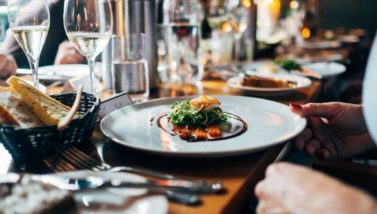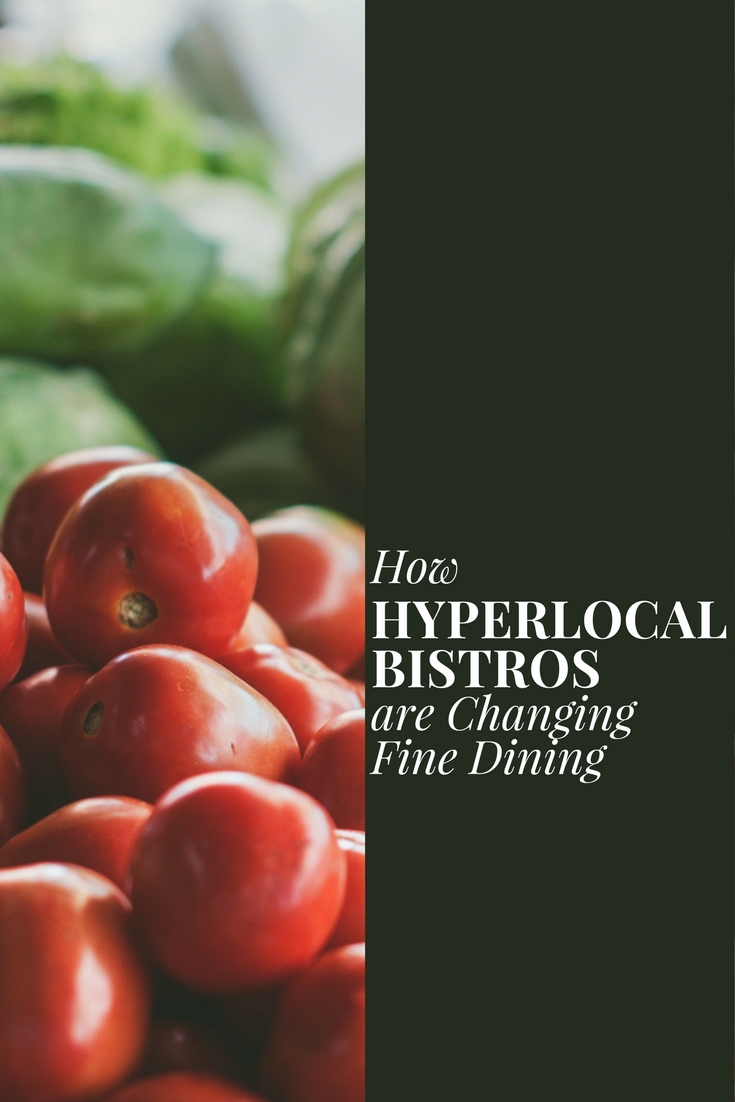As the restaurant industry grows increasingly more eco-conscious, some restaurants are taking the farm-to-table model to its next level. These so-called hyper-local restaurants do not source their food from local growers and ranchers; they do it themselves! Hyper-local restaurants grow their own produce, and sometimes even raise their own livestock, to supply the food needed for their menus. They control every aspect of the restaurant business themselves for complete vertical integration.
This new business model not only has a positive effect on the environment, but it is changing the restaurant industry fundamentally. Instead of sourcing fine ingredients from around the world, transporting it to the restaurant, and adding those ingredients to the menu, restaurants must adapt their menus to ingredients that can be locally grown and are currently in season. This is incredibly challenging, but there are numerous establishments that are willing to take on that challenge.
Jean-Georges at the Topping Rose House – The Hamptons
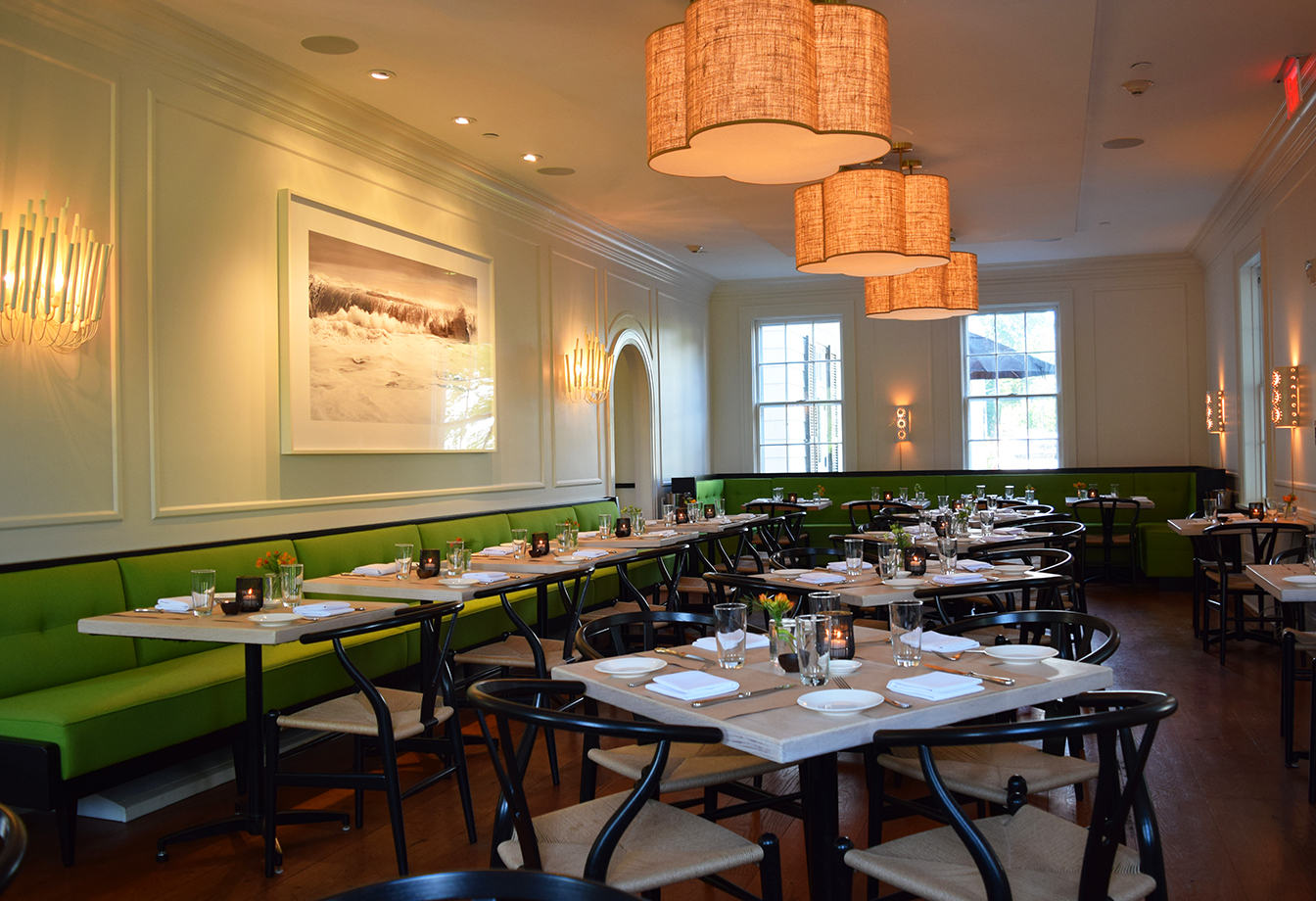
Jean-Georges at Topping Rose House is a casually elegant restaurant that celebrates the seasons, presenting farm-to-table cuisine using ingredients grown on the property’s one acre farm and sourced from the area’s reputable fishermen and farmers.
This contemporary Hamptons restaurants offers something for everyone. Serving breakfast, lunch and dinner, the restaurant offers dishes using seasonal ingredients from their own farm. Diners sit in either the formal dining room or the more relaxed outdoor patio. Enjoy entrees like Parmesan-crusted chicken with artichokes in a lemon-basil sauce or crispy salmon with assorted summer squash and tomatoes in a nasturtium vinaigrette.
Blue Hill at Stone Barns – Pocantico Hill, NY
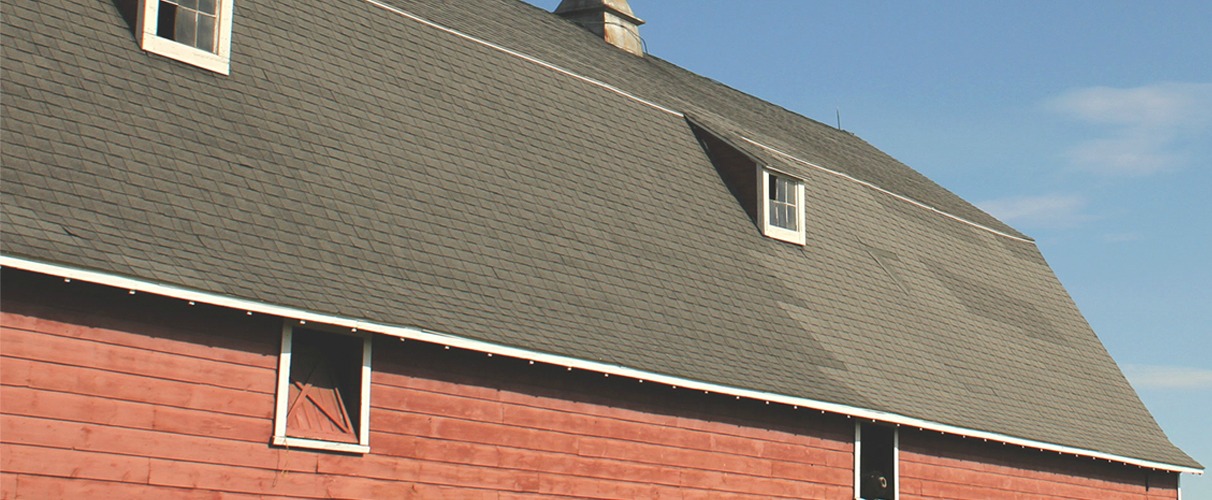
Sourcing from the surrounding fields and pasture, as well as other local farms, Blue Hill at Stone Barns highlights the abundance of the Hudson Valley. There are no menus at Blue Hill at Stone Barns. Instead, guests are offered a multi-taste feast featuring the best offerings from the field and market.
One of the most prominent restaurants in the hyper-local movement, Blue Hill at Stone Barns opened in 2004. The restaurants sources ingredients from its own farm 30 miles north of New York City. Stone Barns also operates as a educational center for visitors. There is no set menu at Blue Hill. Guests pay $258 per diner to experience “a multi-taste feast featuring the best offerings from the field and market.”
The Restaurant at Meadowood – Napa Valley
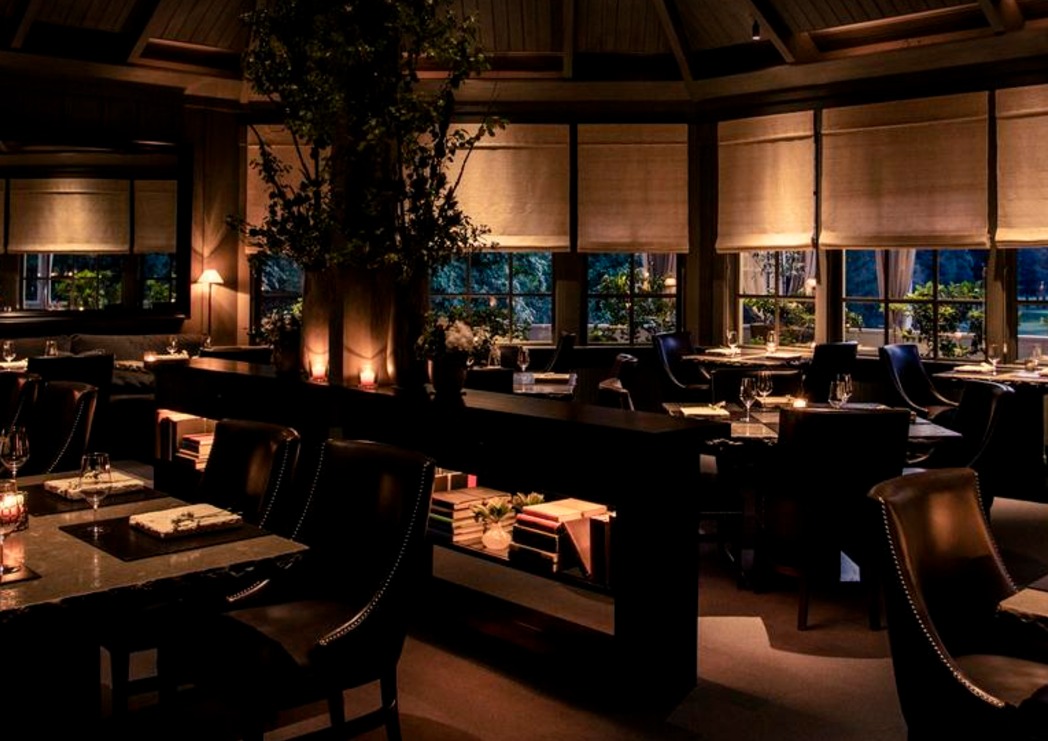
Ours is a modern American restaurant meant to speak to and positively impact the Napa Valley. What excites us most is garnering relationships with artisans, growers, foragers and other members of this dynamic place. We hope that their stories can meld with ours; that we can be caretakers of this collective vision–sharing it with our guests in a manner at once personal and celebratory.
Arpege Maison de Cuisine – Paris
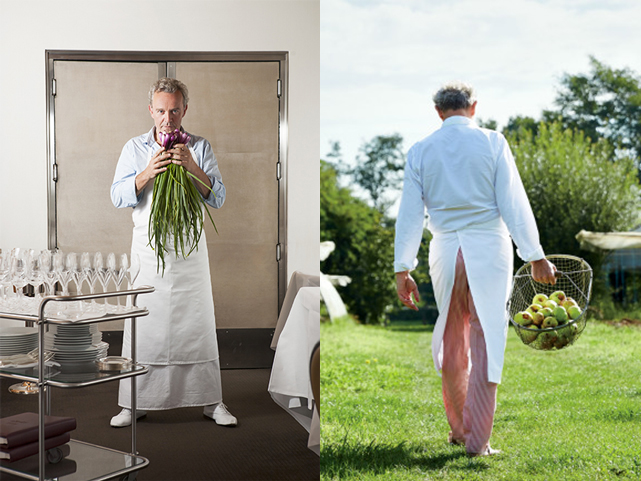
I grow my own vegetables to be able to tell a story from the grain to the plate…and to be able to combine the chef’s touch with that of the gardener, two passionate professions! Through these gardens, I have trusted nature with my creativity; it is nature that dictates my actions. The most beautiful cookery book was written by nature itself!
The organic gardens of Arpege use no pesticides or chemical fertilizers to cultivate ingredients for the restaurant. One of these gardens also includes a orchard from which the restaurants can source fruit as well. Locals can even benefit from these gardens without visiting the restaurant Arpege sells vegetable baskets where locals receive fresh seasonal produce from Arpege’s own gardens
Meriwether’s Restaurant – Portland
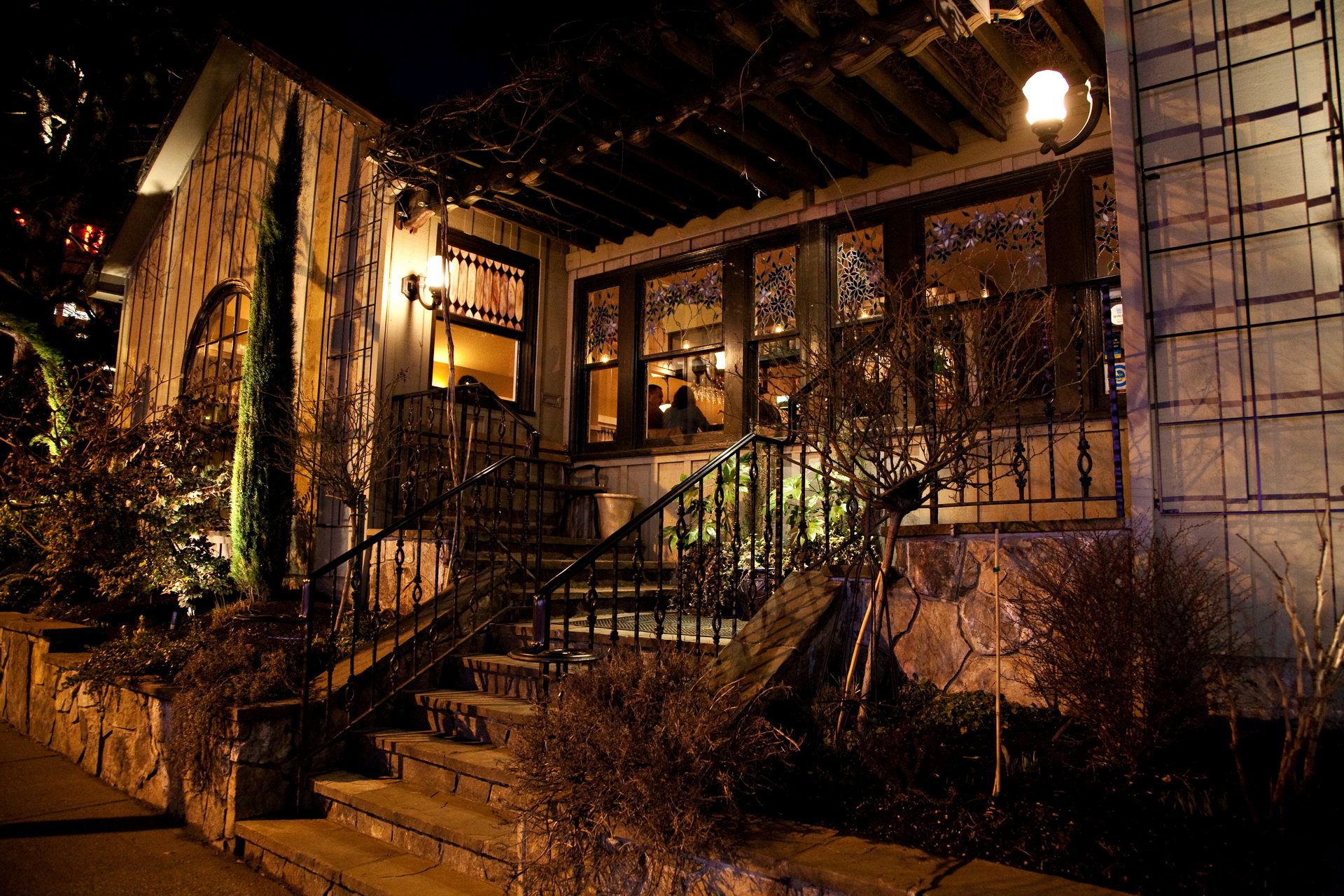
The relationship between farmer, chef and diner has never been more intimate. With customers as curious about the source of their food and its path to their plate as how it tastes, we’ve made it a priority to shorten the distance between the field and Meriwether’s kitchen.
Meriweather’s five-acre garden sits 12 miles from the restaurant, so that they can source the freshest vegetables for each day’s offerings. Depending on the season guests enjoy heirloom peppers and tomatoes unique to Meriwether’s or brussel sprouts planted and harvested specifically for Thanksgiving dinner.
These pioneering restaurants are changing the landscape of the restaurant industry; we think for the better. What is your opinion of these hyper-local restaurants? Let us know in the comments below!







